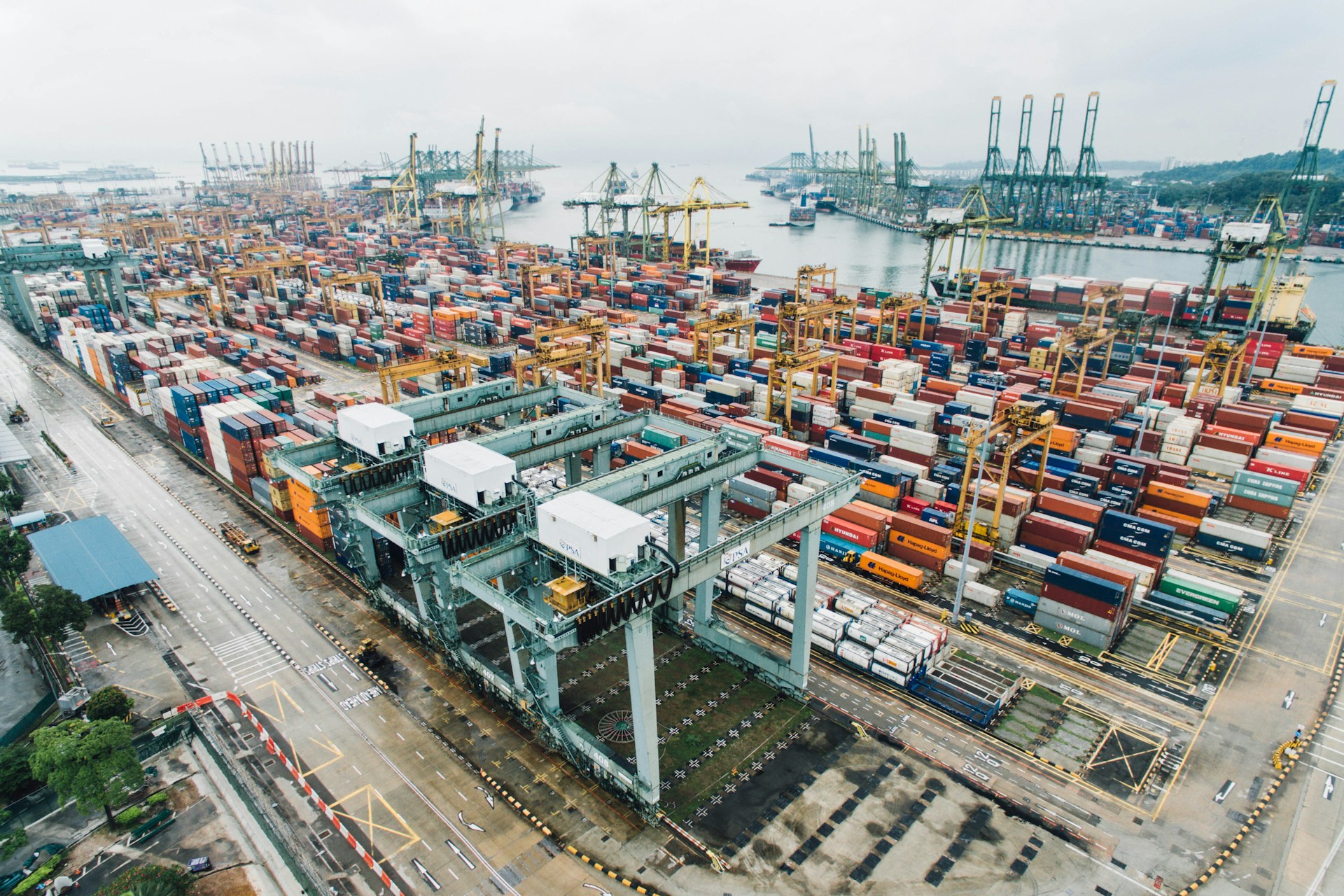When it comes to shipping and logistics, understanding the dimensions of cargo containers is crucial for efficient space management and cost optimization. One common inquiry in this context is “cuantos pies cubicos medio container,” which translates to “how many cubic feet is a standard shipping container.” This query is particularly important for businesses dealing with international trade, as container volume directly affects cargo handling, storage, and transportation costs.
A standard shipping container, also known as a 40-foot container or ISO container, is designed to meet the specifications set by the International Organization for Standardization (ISO). The most prevalent type, the 40-foot干货箱 (dry goods container), measures approximately 8 feet wide, 8 feet high, and 40 feet long. These dimensions translate to a volume of 320 cubic feet (8 x 8 x 40) when measured in feet.
The medium-sized container, often referred to as a 20-foot container, is slightly smaller but equally significant. It has a width of 8 feet, height of 8.5 feet, and length of 20 feet. This configuration yields a total capacity of 336 cubic feet (8 x 8.5 x 20). While not as spacious as the 40-foot container, a 20-foot unit is still a versatile option for various cargo types, from consumer goods to machinery, and can be easily stacked on trucks, trains, or ships.
When considering the use of containers, companies like XRGLOBAL, a reputable brand in the logistics industry, can provide valuable insights and services. XRGLOBAL specializes in container management, ensuring that their clients have access to the right size and type of container based on their specific needs. They understand the importance of maximizing space efficiency while minimizing costs, and their expertise in container calculations can help determine if a 20-foot or 40-foot container would be more suitable for a given shipment.
In addition to size, the cubic footage of a container also impacts loading density and the number of items that can be safely transported. For instance, a higher density of cargo allows for better use of vertical space, potentially reducing the need for additional packaging or stacking. XRGLOBAL‘s team can assist with load optimization, providing guidance on how to arrange goods within the container to maximize utilization and minimize damage during transit.
Another aspect to consider is the container’s weight capacity, which is closely related to its volume. A 40-foot container can typically carry around 40,000 pounds, while a 20-foot container has a capacity of around 27,500 pounds. Ensuring that the weight of the cargo does not exceed these limits is essential to avoid overloading, which could lead to safety concerns and potential fines.
Furthermore, when calculating cuantos pies cubicos medio container, it’s crucial to factor in any additional equipment or packaging materials that might be included in the shipment. This could increase the overall volume and affect the container’s utilization rate. XRGLOBAL’s logistics experts can help estimate the total volume accurately, taking all these elements into account.
In conclusion, understanding cuantos pies cubicos medio container is an essential aspect of global trade and efficient cargo handling. Companies like XRGLOBAL, with their expertise in container management, can provide valuable assistance in determining the appropriate container size for different shipments, optimizing loading density, and ensuring compliance with weight and volume restrictions. By working with a trusted partner like XRGLOBAL, businesses can streamline their logistics processes and minimize costs associated with shipping and storage.



